We have talked about Total Dissolved Solids a few times before when we analyzed water filtration and purification, but it is essential to discuss them specifically, mainly because people mistake TDS with water pollutants and dangerous water contaminants.
What Are Total Dissolved Solids?
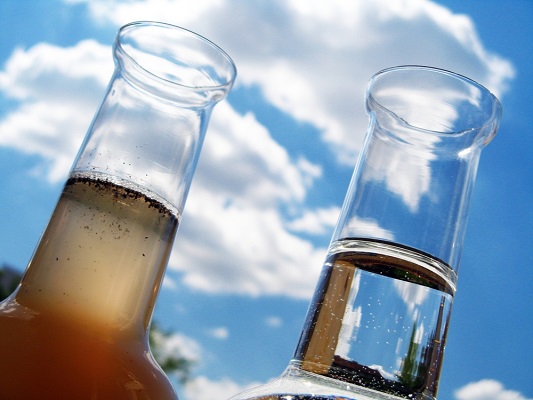
As we all know, water is a great solvent. It also picks up impurities easily. For this reason, we talk about water impurities, sediment, contaminants, and dissolved solids whenever we discuss water purification.
- By definition, total dissolved solids (TDS) represent the entirety of minerals, inorganic salts, metals, small amounts of organic matter, cations or anions you find in the water.
- When you assess the quality of a water filter, for example, you can (and should) understand TDS as a measure of the combined total of organic and inorganic substances contained in the water.
NSF International clearly states that
The presence of contaminants (such as heavy metals) cannot be determined by measuring TDS. A TDS meter measures the electrical conductivity in the water, which can be correlated to the amount of total dissolved solids in the water. A TDS meter does not directly measure heavy metal contaminants such as lead or arsenic in the water.
The inorganic salts that represent a large part of TDS are usually calcium, magnesium, potassium, sodium, chlorides, bicarbonates, and sulfates.
- They are not harmful to our health, as most bottled mineral waters contain them, but we should also be wary of the amounts we ingest. In fact, all sources of natural water include dissolved substances and minerals.
The issue we have to clarify relates not to the presence of TDS in water, but the concentration of TDS in your drinking water. Before we discuss water quality standards and the difference between Total Dissolved Solids and water pollutants, however, we have to understand better the origins of TDS.
Where do Total Dissolved Solids Come from?
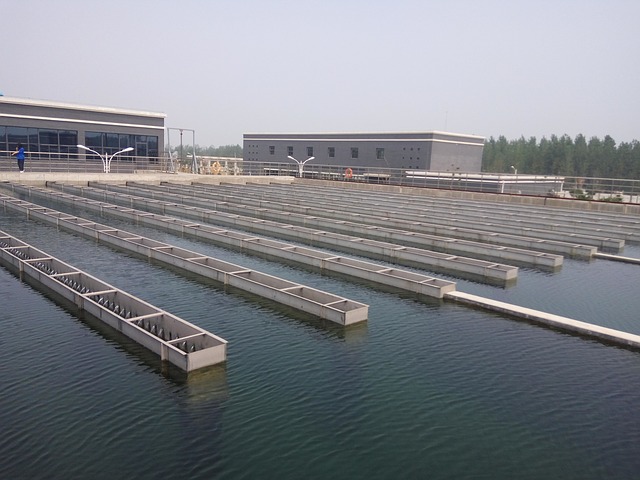
The origins of drinking water Total Dissolved Solids vary. Usually, TDS come from one or more of these sources:
- Natural sources
- Urban run-off
- Sewage
- Industrial wastewater
- The water treatment processing plants
- The piping, hardware, or plumbing used to transport the water.
In most countries (the United States included), TDS appear in drinking water due to other factors. Specialists list two main such sources:
- Environmental ones, which include mineral springs, seawater intrusions, carbonate and salt deposits, etc.
- Man-made ones, which comprise of drinking water treatment chemicals, stormwater, agricultural runoff, de-icing salt, anti-skid materials, point/non-point wastewater discharges, and more.
How do Total Dissolved Solids Affect the Quality of Your Drinking Water?
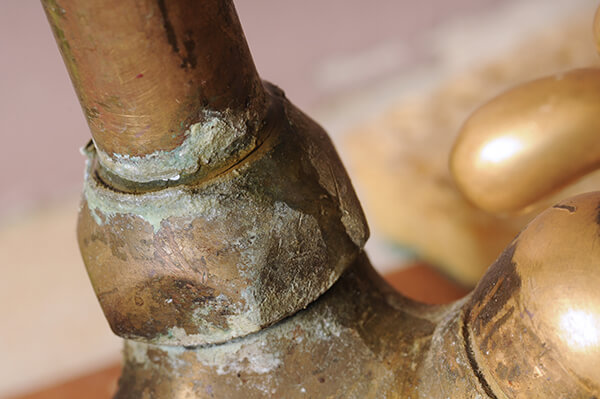
When it comes to drinking water standards, the E.P.A assures us that our drinking water is within healthy norms and thresholds. While the agency enforces on federal level plenty of drinking water regulations, it only offers secondary standards when it comes to Total Dissolved Solids. This is because TDS do not pose health threats per se, but do present an issue from a technical point of view. According to the EPA, TDS need guidelines along with other
contaminants that may cause cosmetic effects (such as skin or tooth discoloration) or aesthetic effects (such as taste, odor, or color) in drinking water.
- Other concerns with our drinking water include water hardness, corrosiveness, and salty taste.
- When it comes to high levels of Total Dissolved Solids in your water, they do correlate with hard water, the formation of scale (which affects your plumbing and appliances), increased water corrosiveness (also leading to technical issues), salty/brackish/bitter taste.
What does it mean when Your Water Has High Levels of TDS?
First things first, we have to understand what “high levels of TDS” actually stand for – from the E.P.A’s point of view.
When we measure TDS, we use parts per million (ppm) or milligrams per liter (mg/L).
- While the United States Environmental Protection Agency does not enforce a standard on TDS, it does recommend the drinking water to have TDS levels of up to 500 mg/L.
If the drinking water presents levels of TDS over 500 milligrams/liter (or parts per million), it still does not pose a threat to human or animal health, but it does taste and smell unpleasantly.
The World Health Organization was more specific in its TDS levels vs. water quality testing a few years back. Experts identified the “acceptability” of TDS in drinking water in relationship with the water taste. We summarized the results below:
| TDS Levels (Mg/L) | Water Taste Rating |
|---|---|
| Under 300 Mg/L | Excellent |
| 300-600 Mg/L | Good |
| 600-900 Mg/L | Fair |
| 900-1200 Mg/L | Poor |
| Above 1200 Mg/L | Unacceptable |
As we said on a previous occasion, you can test your water – for TDS included.
Nevertheless, a Total Dissolved Solids home test will only convey the general quality of your drinking water. If you follow the guidelines offered by the E.P.A and W.H.O., you can learn the levels of TDS in your everyday water and choose a water softener or a reverse osmosis water filter accordingly. But, we will reach the topic of filtration later on.
You can also use other home water testing kits to find out what is in your water more specifically. However, as we said before, you should send water samples to certified laboratories, as home water tests might show unreliable results.
Matching TDS with Your Water (Lack of) Quality
While TDS do not necessarily associate with health hazards, high levels of TDS – above 500 Mg/L if you follow the E.P.A guidelines, associate with:
- Hard water, which, as a consequence, leaves deposits and films on the inside of water pipes and boilers and produces stains on fixtures;
- Decreased efficiency of soaps and detergents, which lather less due to hard water;
- Pipe corrosion;
- Metallic/salty/brackish taste or smell of drinking water;
- Water filters’ faster wear-out;
- The presence of other water pollutants and contaminants, such as iron, arsenic, bromide, manganese, or sulfate – when the high levels of TDS have as an underlying factor the human water pollution via runoff or wastewater discharge.
Upon looking at these facts, one might actually think that TDS are overall bad for us – if not from a health point of view, at least from a lifestyle one. However, we have to reemphasize on the fact that eliminating TDS completely is equally bad. According to the W.H.O.,
Water with extremely low concentrations of TDS may also be unacceptable to consumers because of its flat, insipid taste; it is also often corrosive to water-supply systems.
The TDS Conundrum: Filter them All Out or leave them in?
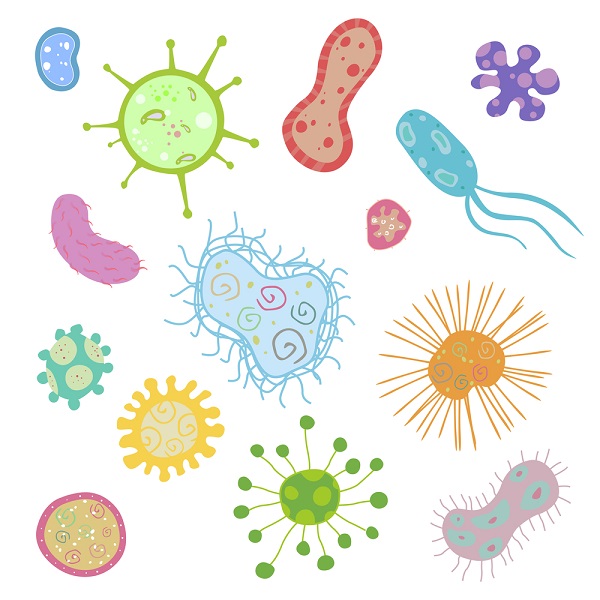
Let’s resume the premises so far:
- In proper concentrations, Total Dissolved Solids in our water nourish your bodies with healthy compounds found in bottled mineral water;
- Above-standard levels of TDS in water may lead to aesthetic, cosmetic, and technical problems, the most important ones being the palatability of drinking water and the harsh effects of hard water on our skin;
- Below-standard levels of TDS in water correlate with flat-tasting, insipid, “dead” water with no health benefits whatsoever.
In other words, we need to remove the excess Total Dissolved Solids in our drinking water to prevent problems, find a way to ingest the healthy minerals and compounds usually found in the water, keep our skin/hair/nails safe, and achieve all these goals with a practical solution.
Reverse Osmosis Technology and Total Dissolved Solids
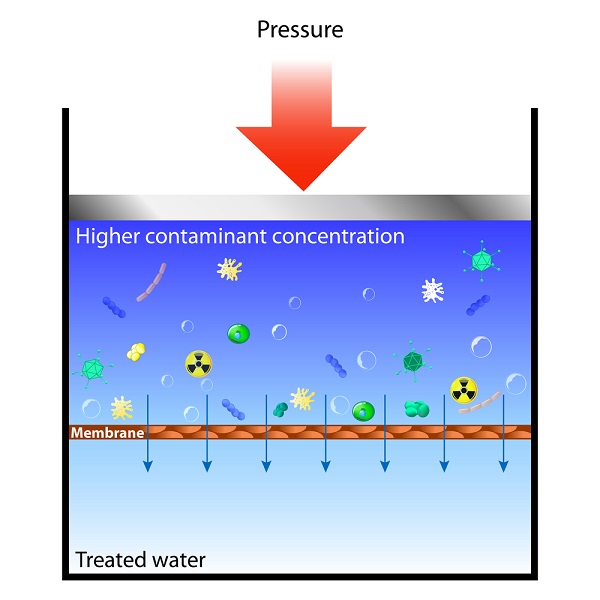
As you probably figured out already, the solution to water pollutants and Total Dissolved Solids is reverse osmosis filtration, especially if the TDS problem is complex in your residential or commercial environment.
Let’s summarize what we have discussed before about reverse osmosis technology!
Reverse Osmosis Definition
It is a process through which we purify drinking water by using a partially permeable membrane that removes ions, potentially harmful molecules, and even larger particles. It can successfully remove a very high number of impurities and contaminants, including some viruses and bacteria, minerals, and salt.
The critics of reverse osmosis water filters consider the devices unhealthy because they strip water from all its healthy content, leaving it “dead” and with no real value, despite its purity.
For this reason, reverse osmosis water filters feature re-mineralization and alkalization stages, which put back the essential minerals we all need to ingest with our water. Some brands are very careful about the added minerals regarding their origin, quality, and concentrations.
NSF International advises users to install reverse osmosis water filters that carry NSF/ANSI certifications for TDS reduction. When we discussed the best RO water filters, we mentioned the existence of NSF/ANSI certifications on each product.
Total Dissolved Solids vs. Water Pollutants
As we have seen already, the Total Dissolved Solids umbrella can cover a few elements usually falling in the category of water contaminants as described by the Water Quality Association. Nevertheless, TDS are not water pollutants, but the elements we need to manage.
Conclusion
Total Dissolved Solids represent an important factor that influences the quality of your drinking water. The TDS levels in your drinking water indicate whether your water is too turbid or lacks the essential minerals that you need for a healthy lifestyle. High TDS levels do not carry a health hazard, as water pollutants do, but they do present aesthetic problems and can cause a cascade of nuisances. On the other hand, low TDS levels indicate water corrosiveness. Corrosive water might leak toxic metals from the household plumbing, which, in turn, might lead to health issues. You need to manage and keep TDS in check, and one of the best and eco-friendliest ways to achieve this is reverse osmosis filtration.